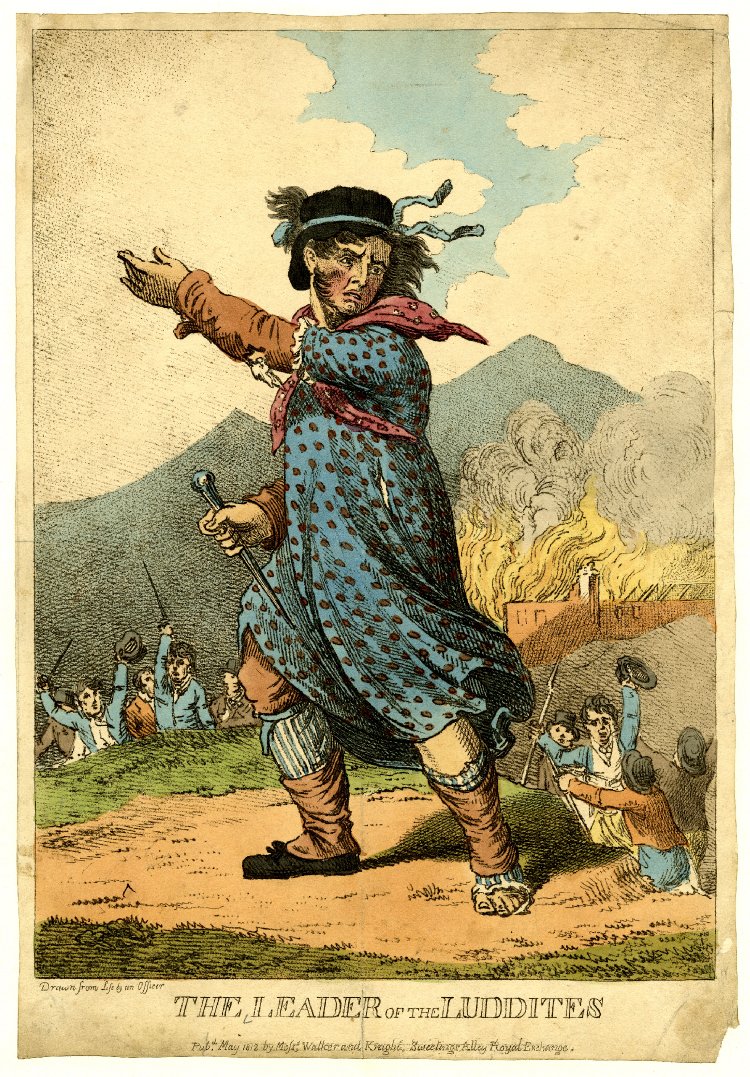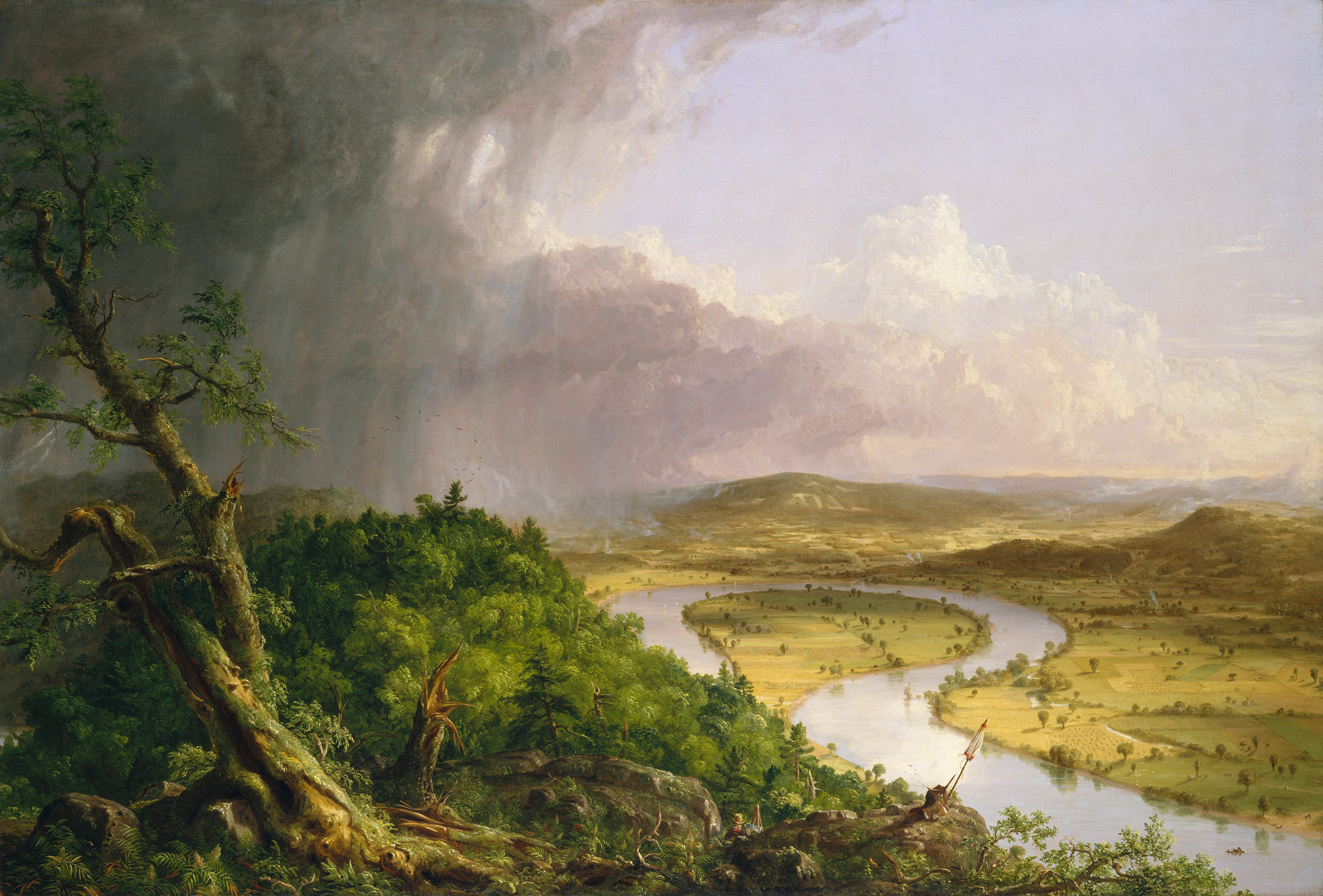THE NEW CRITERION, May 2018
Gallery Chronicle
On “Jasper Johns: Something Resembling Truth” at The Broad, Los Angeles, “James Little: Slants and White Paintings” at June Kelly Gallery, “John Bradford: Hamilton, History, Lincoln and Paint” at Anna Zorina Gallery & “David Hockney: Something New in Painting (and Photography) [and even Printing]” at Pace, New York.
Jasper Johns is the minor artist with the major reputation in post-war American art. This outsized status has been the inverse of his achievement. His fame has grown just as his art has diminished, from his mid-century debut of ontological “flags” and “targets” into largely self-referential boilerplate. “I look at Johns’s career as pretty much a downhill slide from a not very high point to begin with,” Hilton Kramer once observed. Yet Johns now ranks among America’s top-selling artists. His early creations, embalmed in encaustic wax, can trade for nine figures. He nearly tops the list for most expensive living American artist at auction, second only to Jeff Koons. Just as he has turned flags and targets into “flags” and “targets,” Jasper Johns’s most notable, and bankable, creation has long been that of “Jasper Johns.”
The full extent of this self-creation will go on view in 2020 in an unprecedented, and sure to be hagiographic, two-part retrospective exhibition at the Whitney Museum of American Art and the Philadelphia Museum of Art. For now we have “Something Resembling Truth,” a smaller survey of some 120 works that opened at the Royal Academy of Arts, London, and concludes its run at The Broad, Los Angeles—that new, private ossuary of Eli and Edythe L. Broad, the cultural pharaohs of Southern California.1
Installation view, “Jasper Johns: ‘Something Resembling Truth’.” Photo: Pablo Enriquez
Centered around the Broads’ own holdings by the artist, including a Flag from 1967, the first-floor exhibition serves as the foundation for the couple’s starry collection of contemporary art above, reached through the marrow of their gray cement building by way of a tunneling escalator. The exhibition leans heavily on Johns’s iconic early themes, with rooms full of flags, targets, and numbers—the symbols of his most valuable identity.
Whether “neo-Dada” or “proto-Pop,” Johns’s reputation came out of a turning-away from the New York School, and its intrinsic art-for-art’s-sake heroics, towards an art of the extrinsic, with work that was encoded with ready-made symbols and personal sentiment. His technical innovation was the incorporation of encaustic—in his hands, the rather clumsy introduction of beeswax mixed with pigments on a hot plate. Used in his first Flag of 1954–55—made of sewn-together bedsheets when he was twenty-four years old, and two years out of the Army—encaustic became the trademark of the brand. Applied to his paintings of flags, of targets, of maps, of numbers, the medium served as the scare quotes and embalming agent for his signs and symbols—positioning his early work in a gray zone of meaning somewhere between flag and “flag,” or five and “five.”
With a saturnine personality—a flip side to the logorrheic Robert Rauschenberg, his one-time partner in art and life—Johns was the perfect cypher for such games of identification. Working with “things the mind already knows,” Johns set out to “Take an object. Do something to it. Do something else to it.” “A picture ought to be looked at the same way you look at a radiator,” he said in an early interview. “I don’t know how to have thoughts,” he revealed more recently to TheGuardian.
This vacuity has served him well in his career, but less well in his art. In the marketplace, Johns has left the space for his promoters and investors to impute the hard meaning of cash value into his work, beginning with Leo Castelli, the trash-to-treasure dealer who went on to supply the helium for Pop. “That son-of-a-bitch, you could give him two beer cans and he could sell them,” De Kooning famously complained of the dealer. When Johns heard the remark, he bronzed two “ale cans,” and Castelli did just that.
Yet in the studio, such emptiness has been far less enriching. Since the 1980s, the ready-made symbol to which Johns has most often returned is “Jasper Johns.” From the Delphic smears of his “Catenary” paintings to his extensive visual quoting of his own greatest hits, Johns has indulged in a murky studio practice that was never all that interesting beyond the initial ideas that informed it. The series of “Seasons” from the mid-1980s contains over-wrought and under-painted self-portraits. Ventriloquist, from 1983, incorporating his green, yellow, and black flag from the late 1960s, signals a fondness for quotes of quotes of quotes ad infinitum.
Protected by a garrison of wealthy patrons, Johns, now eighty-seven, lives off the derivatives of his early ideas as the man in the high castle, secluding himself among the gentry of northwest Connecticut. One day, there may be a reckoning of a legacy that has derived only diminishing returns from initial mid-century investments. “Something Resembling Truth” is far from that tough-minded reevaluation. From someone resembling a master, exhibiting in something resembling a museum, perhaps we should expect nothing more.
James Little, Apache, 2017, Oil on stained linen, June Kelly Gallery.
There is nothing embalmed in James Little’s use of wax. A master of the volatile medium of encaustic, Little creates living, breathing abstractions of oil and wax on canvas. Now at June Kelly Gallery, he returns to the diagonal, with interlocking stripes arranged in vertical bands.2 The forms have a dynamic, rotational quality, enhanced by an immersive sense for color. The satin-like wax surfaces, brushed clean, serve as tactile skin.
Framed by two large abstractions, Democratic Experiment (2017) and Temporary Fixation (2018), one green and one red, the exhibition is interspersed with smaller compositions. On one wall, diagonals of a similar but smaller design draw viewers in with surface variation. Raw pigment replaces oil and wax for a more aqueous finish. On the opposite wall, Little surprises with abstractions on stained linen of a very different feel. Here, white screens of paint are punctuated by ovals. The mysterious, tessellated forms act as small windows onto deeper layers of ovals and colors. Stencils? Masks? Resists? Unlike the perfected surfaces of Little’s diagonals, these roughened appearances invite speculation as to their manufacture, hinting at, but not revealing, their particular processes of creation.
John Bradford, Publication of the Declaration, 2017, Acrylic, oil on canvas, Anna Zorina Gallery.
It may be natural to see “Hamilton, History, Lincoln and Paint,” John Bradford’s exhibition now at Anna Zorina Gallery, in light of other recent efforts to update the American past in the idioms of the cultural present.3 In Bradford’s case, this means processing such scenes as Hamilton Chasing Benedict Arnold (2017) and Lincoln Writing the Emancipation Proclamation (2017) through the modes of expressionistic painting.
This kind of effort rises or falls on the convictions of technique. History, as passed through a modern mode, can become easily mannered, or at the very least ill-suited. Bradford plays it straight. Paint gets built up, smoothed over, roughed up, and scraped away. His scenes have the uncanny ability to come together or fall apart depending on one’s distance from the canvas. The dense crowds of Publication of Declaration (2017) up close dissolve into daubs of paint. The play of surface and depth encourages movement as history comes in and out of focus.
Drawing on some of the styles of folk and outsider art, these paintings seek to depict not just American history but also our collective memory of history. Far from anachronistic nostalgia or postmodern gloss, the paintings have something to say: that history can still be felt.
David Hockney, Still life, 2017, Oil on canvas, Pace Gallery.
Through his recent retrospective at Tate Britain, the Centre Pompidou, and the Metropolitan Museum of Art, the painter David Hockney may have surprised even his detractors with a survey that proved to be as deep as it was wide. Perhaps most surprising was the octogenarian’s innovative latest work that employed shaped canvases and enveloping perspectives. Now at Pace, Hockney continues his experiments of color, angle, and light with “David Hockney: Something New in Painting (and Photography) [and even Printing],” an exhibition that delivers on its promise(s).4
Hockney may be best known for his choice of subject matter—he is that Yorkshire son who found succor in the canyons and pools of the American West. But the question of perspective has long been an equal focus, so to speak, in his color-rich body of work. Nearly two decades ago, Hockney made a sensation with his studies into single-point perspective and his claim that the Old Masters employed lenses, mirrors, and camera-like optics in constructing their work. In his own, meanwhile, Hockney has often experimented with compositions that employ multiple perspectives. His arresting photo collages of the 1980s assembled single scenes from multiple photographs taken at different angles from the same location. Each snapshot has its own vanishing point, with the matrix of assembled images taking on an inhuman appearance—fish-eyed and bug-eyed at once.
Painting can do what the camera still cannot: assemble an image of multiple perspectives into a coherent and seamless whole. For his knockout show at Pace, Hockney draws on a wide range of influences while also offering his own perspective on the history of perspective (as well as some perspective on his own history of perspective).
Annunciation II, after Fra Angelico from “The Brass Tacks Triptych” (2017) plays off the isometric colonnades of the Quattrocento Florentine master. Grand Canyon I (2017) returns Hockney to one of his recurring subjects while also referencing the efforts of nineteenth-century painters to communicate the grand scale of the American landscape. Meanwhile, Still Life (2017), with mountains rising out of gridded surfaces in oversaturated rgb fields, seems most connected to the computerized space of today’s “Minecraft”-like games. Rounding these out are two large “photographic drawings” of the artist in his studio. Cut up, recombined, and marked up in the digital darkroom, they call to mind those photo collages from the 1980s.
Several of the canvases here are shaped in ways that cut off their lower corners. “The indentations paradoxically widen the sense of space and invite all sorts of fresh lines of sight,” Hockney writes in a text on the gallery wall. What appear as strange objects from afar help direct the eye up close to focus on the different lines of sight. The format brings to the frame the artifice of perspective while also enhancing its immersive qualities.
Painting is not always a window onto fictive space, after all—and perhaps the development of single-point perspective will prove to be the variation rather than the dominant theme of the history of art. Passing through twentieth-century modernism, Hockney’s sparkling paintings are a bridge between the panoramas of the nineteenth century and the virtual realities of the twenty-first.
1 “Jasper Johns: Something Resembling Truth” opened at The Broad, Los Angeles, on February 10 and remains on view through May 13, 2018. The exhibition was previously on view at the Royal Academy of Arts, London (September 21–December 10, 2017).
2 “James Little: Slants and White Paintings” opened at June Kelly Gallery, New York, on April 12 and remains on view through May 15, 2018.
3 “John Bradford: Hamilton, History, Lincoln and Paint” opened at Anna Zorina Gallery, New York, on March 29 and remains on view through May 5, 2018.
4 “David Hockney: Something New in Painting (and Photography) [and even Printing]” opened at Pace, New York, on April 5 and remains on view through May 12, 2018.













